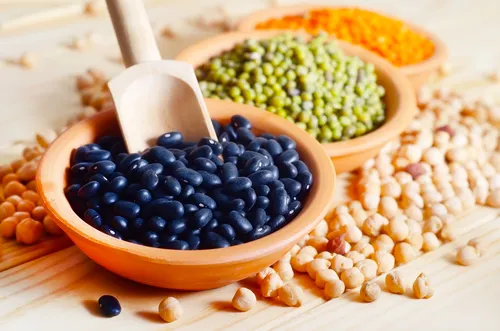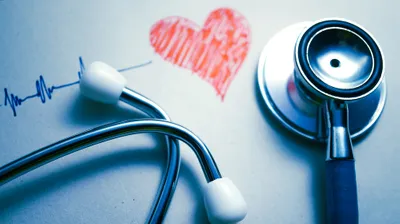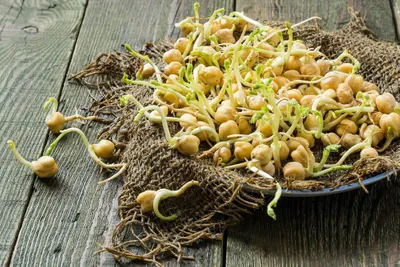So what the heck are pulses? No, I’m not referring to the pitter-pater of your heart beat. While you might not recognize the term, trust me, you’re familiar with the food. Pulses are an entire food group made up of the dried, edible seeds of the legume family…so chickpeas, dry peas, beans, and lentils. Sustainable, versatile, cheap, and nutrition-filled are just a few of the reasons why the United Nations (UN) dubbed 2016 the “International Year of Pulses”.
Let’s take a look at the many benefits of foods that fall under the pulse group…
1. Extremely Versatile
When nutrition experts call any certain food “the world’s most versatile superfood”, you better bet culinary types listen up and create a range of delicious recipes—ranging from salads to soups, and from main courses to desserts. For instance, whenever I like to extend the life of leftover pasta, salad, or a casserole I add chickpeas or black beans.
Same goes for making a light vegetable soup or taco filling an entire meal. Add some kidney beans or lentils and the added fiber will leave you satiated until your next meal. Plus, pulses blend in well, making them a great nutritional booster in soups, desserts, and smoothies without fussy eaters ever knowing you added them in the first place.
2. Little Antioxidant Powerhouses
According to the American Journal for Clinical Nutrition, dried beans (or grain legumes) contribute to several nutritional and health benefits associated with the prevention of chronic disease. For example, pulse foods are rich in multiple essential micronutrients (i.e., folate, zinc, potassium, magnesium, iron, and zinc, as wells as polyphenols.
The same research shows that polyphenols, potent antioxidants (i.e., flavonoids, tannins, and phenolic acids) have been linked to a significant decrease in low-density lipoprotein cholesterol (LDL), the “bad” cholesterol associated with the development of type II diabetes, metabolic syndrome, and ischemic heart disease.
3. Low in Cholesterol and Sodium
Do you suffer from type II diabetes, high cholesterol, or high blood pressure? Well, the good news is that pulses can be an ally as far as chronic disease maintenance and prevention. Research from St. Michael’s Hospital in Toronto, Ontario, Canada, link a diet rich in pulse foods (i.e., beans, dry peas, lentils, and chickpeas) to significantly lower cholesterol and blood pressure, and better glucose control.
In fact, the same study finds that individuals who consume just a serving of pulse foods daily cut their risk of bad cholesterol by about 5-percent within 6-weeks, and lower their overall chances of developing cardiovascular disease.
4. Sustainable
According to PulsePledge.com, filling up on foods like beans, dry peas, chickpeas, and lentils isn’t just beneficial for health—eating these foods will help minimize your carbon footprint!
According to data direct from the United Nations (UN), pulses are an extremely “sustainable superfood”. This means that they’re considered a “food of the future”, thanks to their low carbon footprint and decreased greenhouse gas emissions (self-fertilizing foods pull nitrogen from the air down into the soil), low water demand, and they’re ability to enrich the soil by leaving behind vital nutrients (i.e., healthy microbes and nitrogen).
5. Protein and Fiber Rich
Did you know that pulses are so packed with nutrition that they’re considered both a vegetable and a protein? For one, foods under the pulse umbrella are high in fiber—both soluble and insoluble fiber—which aid weight management by keeping us full for longer after we eat them and help us stay regular by aiding waste elimination.
As far as being low in calories yet high in protein, pluses pack a one-two punch. For example, a half cup of cooked lentils or chickpeas contain roughly 9-grams of protein, at significantly lower amounts of fat compared to other protein-packed foods (i.e., red meat, salmon, nuts, and eggs).
6. Vegan- and Vegetarian-Friendly, Plus Gluten-Free
Packed with protein and fiber makes pulses the perfect meat alternative for practicing vegans and vegetarians too. You can expect a protein rich meal if you just add beans, dry peas, lentils, or chickpeas. Plus, you can sneak your added proteins into the slyest of places (i.e., brownies, pudding, smoothies, and soups).
On top of that, if you happen to suffer from a gluten intolerance or allergy, pulses will comply with your dietary restrictions. How? Because foods in the pulse family are completely gluten-free!









